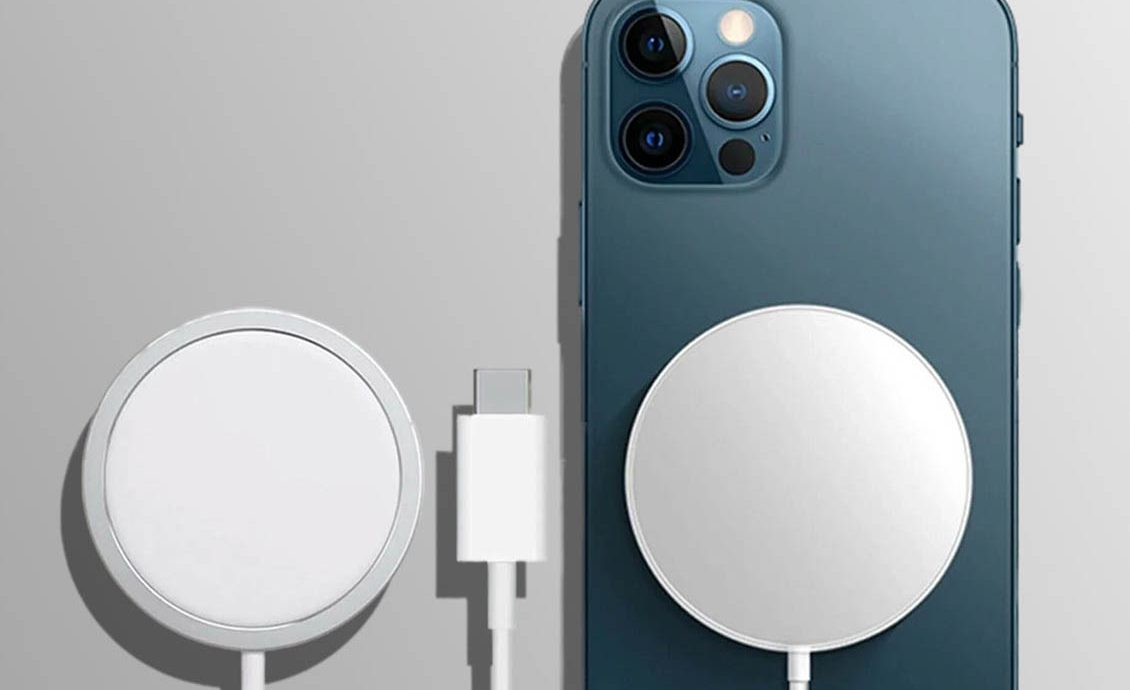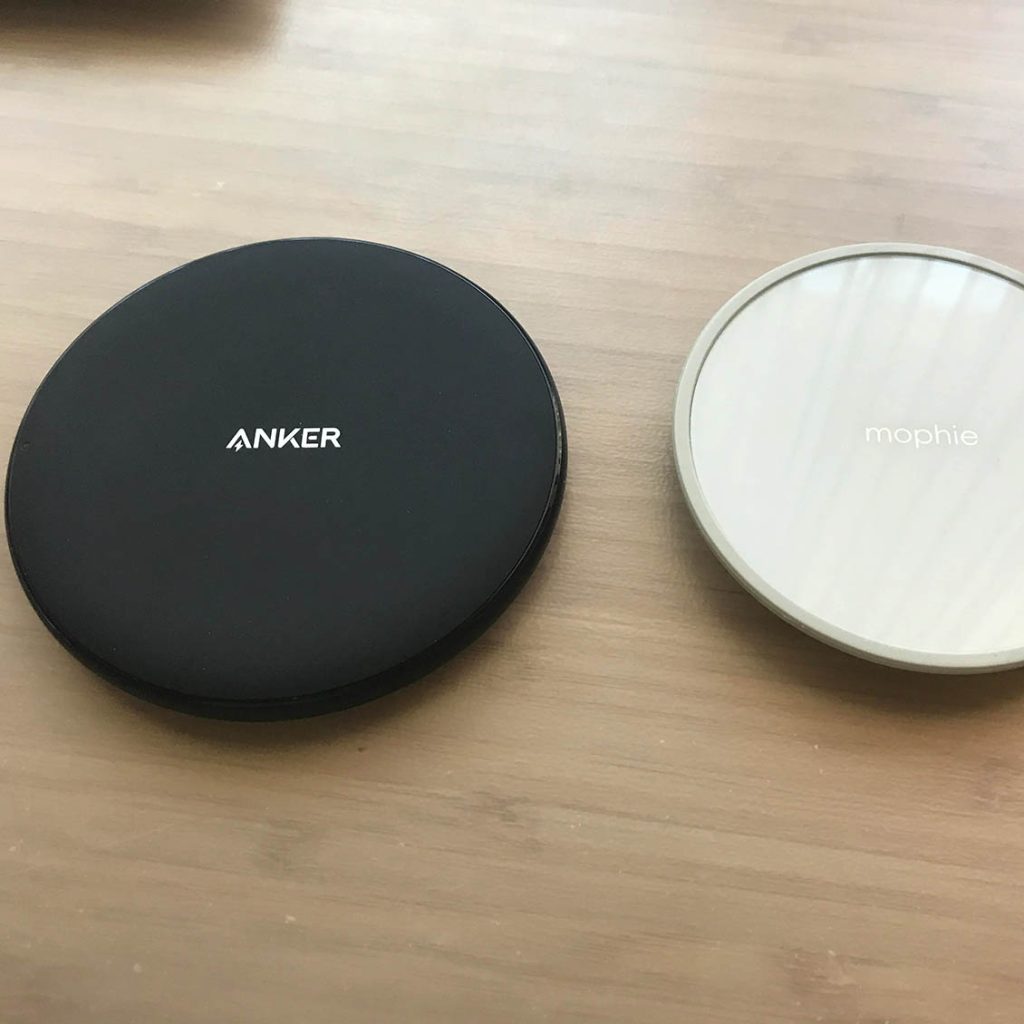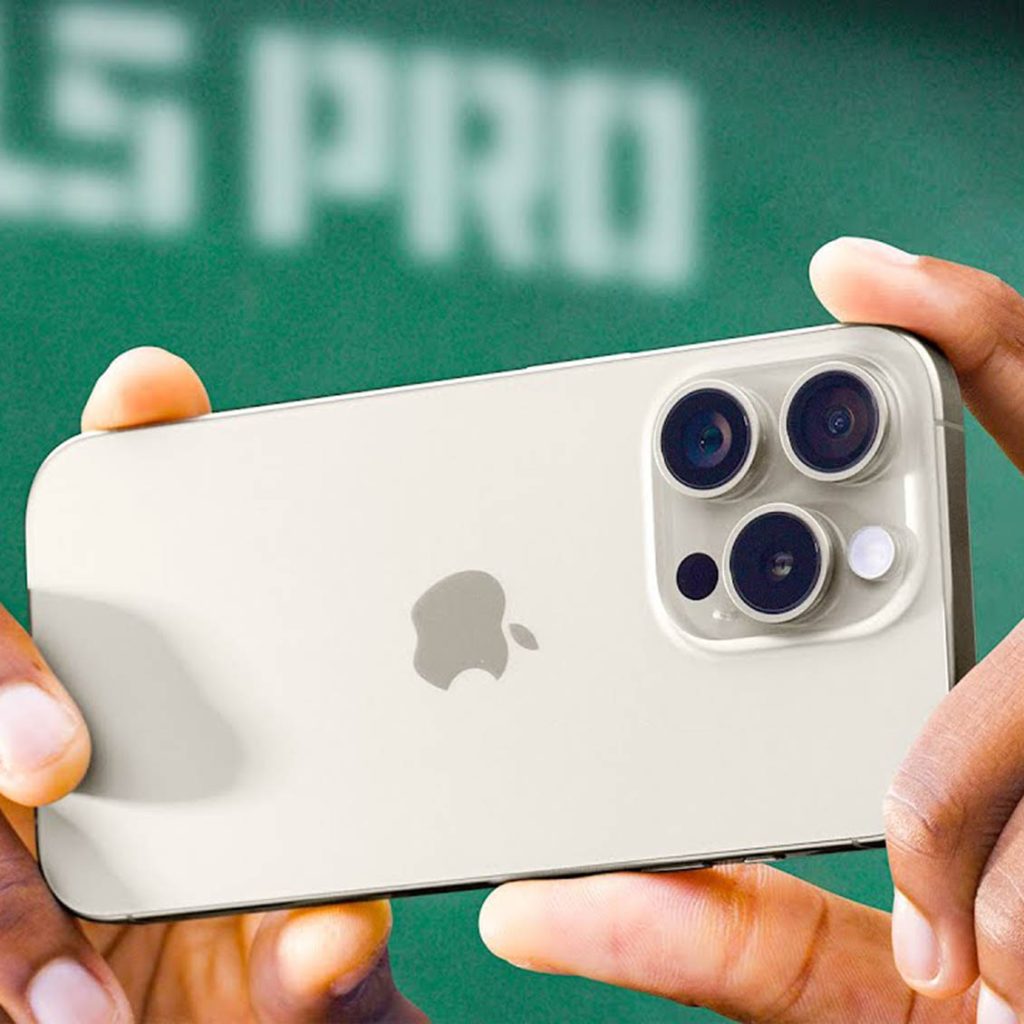
What Are the Issues with Your Phone’s Charging?
PhonesIn our modern lives, charging our phones has become an essential part of our daily routine. With technological advancements, wireless charging has emerged as a popular charging method, but it also brings various questions and concerns. This guide delves into common issues related to phone charging, including wireless charging compatibility, usage safety, charging speed, and how to maintain battery health. By exploring these topics in detail, we hope to help you better understand and resolve the common problems associated with phone charging.
1. Does My Phone Support Wireless Charging?
Wireless charging, also known as inductive charging, allows for the transfer of electrical energy from a charger to your phone through electromagnetic induction. However, not all phones support wireless charging. Here’s how you can determine if your phone supports this feature:
Check Phone Specifications:
- Visit the Official Website: Check the manufacturer’s website or your phone’s user manual, where it usually specifies whether wireless charging is supported.
- Device Settings: Some phones have information in the settings menu about wireless charging capabilities.
Third-Party Apps:
- Use Detection Apps: There are apps available that can help you check if your phone supports wireless charging, but their accuracy may vary, so it’s best to use them in conjunction with other methods.
Common Wireless Charging Supported Brands:
- Apple: iPhone 8 and later models support wireless charging.
- Samsung: Most mid to high-end models, such as the Galaxy S8 and newer, support wireless charging.
- Huawei: Models like the P30 Pro and later versions also support wireless charging.
2. Can I Use a Wireless Charger with a Phone Case?
Wireless charging is convenient, but the presence of a phone case can impact its effectiveness. Whether a phone case interferes with wireless charging depends on the following factors:
Case Material:
- Plastic or Silicone: Most thin plastic or silicone cases do not significantly affect wireless charging and are generally compatible.
- Metal or Thick Cases: Metal cases or very thick protective cases may obstruct the wireless signal, reducing or preventing charging.
Case Thickness:
- Thin Cases: Usually do not impact wireless charging as long as the thickness does not exceed about 5 millimeters.
- Thick Cases: May require you to remove the case for successful charging, especially if it has built-in metal stands or other attachments.
Recommendations:
- Use Wireless Charging-Compatible Cases: Some cases are specifically designed to be compatible with wireless charging, and these cases are made from materials that allow for effective energy transfer.
3. Wired Charging Can Charge Your Phone Faster

While wireless charging offers convenience, wired charging is typically faster. Here’s what you need to know about wired charging:
Charging Speed:
- Wired Fast Charging: Many modern phones support fast charging technologies such as Quick Charge and USB Power Delivery, which can provide faster charging speeds compared to wireless methods. For instance, some phones can reach 50% charge in just 30 minutes with wired fast charging.
- Wireless Fast Charging: Though wireless charging can be quick, it generally doesn’t match the speeds of wired fast charging. High-end wireless chargers may offer 15W or higher power outputs, but this is still slower compared to wired alternatives.
Choosing the Right Charger:
- High-Power Adapters: Use adapters that are compatible with your phone’s fast charging capabilities to significantly improve charging speed.
- Quality Charging Cables: Opt for high-quality cables to enhance charging efficiency.
4. How Fast Should Wireless Charging Be?
Wireless charging speeds vary depending on the charger and the phone’s compatibility. Here are the common speed levels for wireless chargers:
Standard Charging Speeds:
- 5W: This is the basic wireless charging speed, suitable for older devices or simple charging needs.
- 7.5W: Designed for iPhones, this speed offers faster charging compared to 5W.
- 10W: Many Android devices support this wireless charging speed, providing quicker charging than 7.5W.
- 15W: High-end wireless chargers typically support this speed, allowing for faster charging of compatible devices.
Selecting the Right Charger:
- Ensure Device Compatibility: Choose a wireless charger that matches your device’s power requirements for optimal performance.
- Review Charger Specifications: Look at the charger’s specifications before purchasing to ensure it meets your charging speed needs.
5. Is Wireless Charging Safe to Use?
Wireless charging technology is generally safe, but there are a few considerations to keep in mind to ensure safe usage:
Safety Considerations:
- **Overheating Issues**: Wireless charging can generate heat. Ensure that both the charger and phone remain within normal temperature ranges. If either becomes excessively hot, it’s advisable to check the equipment or replace the charger.
- Certification Standards: Use chargers that meet Qi standards, an international standard for wireless charging, to ensure safety and reduce risks.
- Usage Tips:
- Avoid Low-Quality Chargers: Purchase chargers from reputable brands or those that are certified to avoid potential safety issues.
- Keep Equipment Clean: Regularly clean the charging pad and the back of your phone to prevent dust or dirt from affecting charging performance.
6. How to Maintain the Health of Your Phone’s Battery?
Maintaining your phone’s battery health is crucial for optimal performance and longevity. Here are some tips to keep your battery in good condition:
Charging Habits:
- Avoid Overcharging: Try to keep your battery level between 20% and 80% instead of letting it fully discharge before recharging.
- Use Appropriate Chargers: Use original or certified chargers and cables to avoid compatibility issues and potential damage.
Temperature Management:
- Avoid High Temperatures: High temperatures can accelerate battery wear. Avoid charging or using your phone in hot environments.
- Keep Devices Ventilated: Ensure your phone is in a well-ventilated area during charging to prevent overheating.
Battery Maintenance:
- Regularly Check Battery Health: Monitor the battery status in your phone’s settings and replace the battery if necessary.
- Update Software: Keep your phone’s operating system and apps up-to-date, as updates can include battery optimization improvements.
Recommended Products

1. Recommended Phone: iPhone 15 Pro
The iPhone 15 Pro is a high-performance smartphone that supports the latest wireless charging technologies, including MagSafe wireless charging. Its advanced charging features and optimized battery management system provide a fast and secure charging experience.
2. Recommended Charger: Anker Wireless Charger, PowerWave Pad
The Anker Wireless Charger, PowerWave Pad is a budget-friendly, high-performance wireless charger that supports up to 10W of charging speed and is compatible with most Qi-standard devices. Its simple design and reliable performance make it a practical choice.
Whether you choose wireless or wired charging, understanding the technology, speed, compatibility, and safety is crucial for a better charging experience. By learning about these factors, you can manage and optimize your phone charging effectively. Additionally, maintaining good charging habits and keeping your device well-managed will help prolong your battery’s lifespan. We hope this article provides valuable insights to address your phone charging concerns and helps you find the best charging solutions for your needs.
You may also like
Recent Posts
- 2025 TV Market Revealed: The Perfect Fusion of Ultra HD and Smart Features
- 2025 iPad Pro vs. Android Tablets: Who is the King of Efficient Office Work?
- 2025 Cameras and Photography: How Technological Advances Have Reshaped My Photography Experience
- Keep Your Website Solid as a Rock: My Perspective on Hosting
- 2025 Best Smartwatch Recommendations: Long Battery Life and Powerful Features Coming Your Way

Leave a Reply